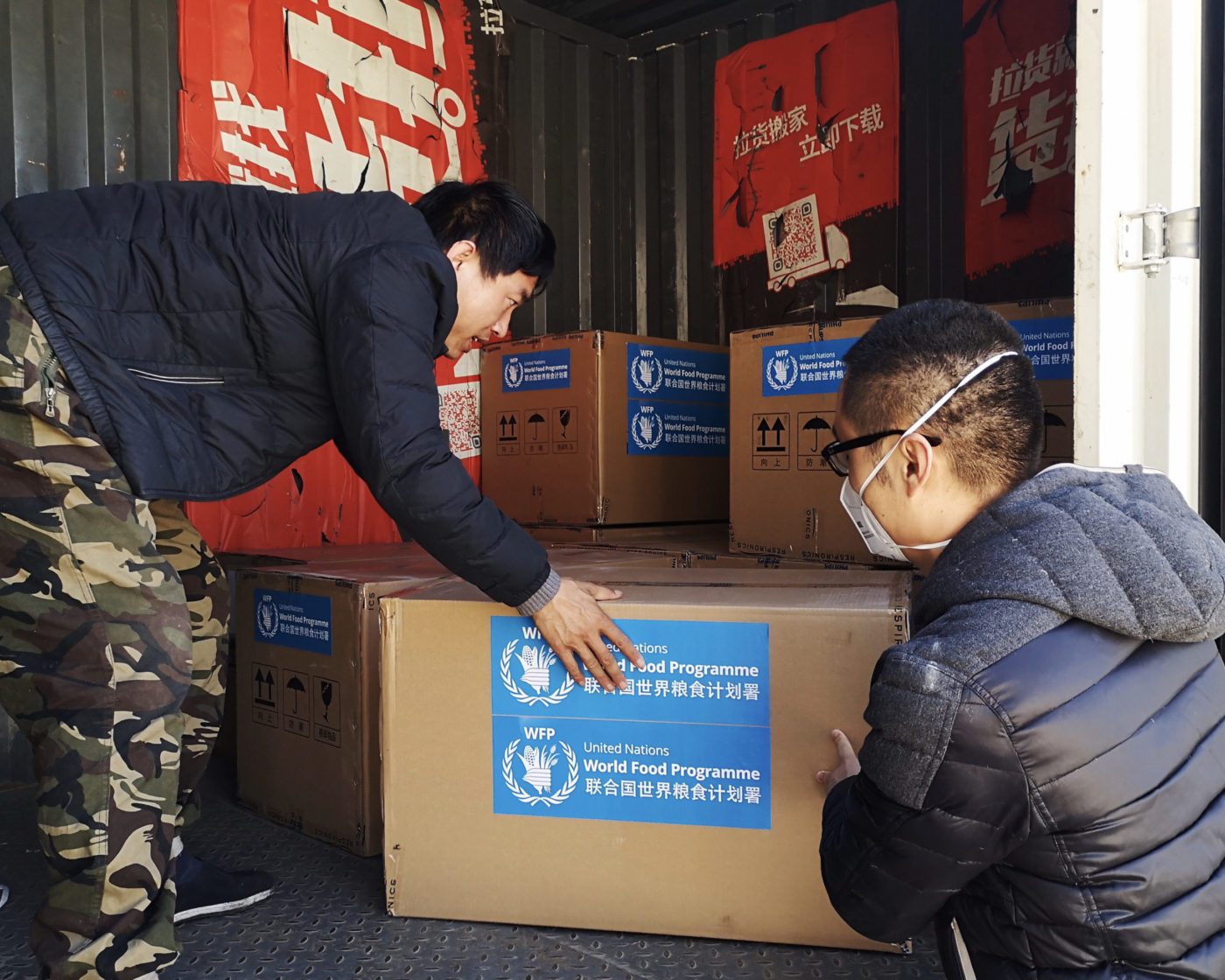
CHINA:
Where The Rural Poor Go Hungry
Rapid economic transformations over the past 35 years in the People’s Republic of China have meant remarkable progress in development – but large pockets of poverty and disparity still exist – especially in remote, mountainous areas.
Millions of people are malnourished in China, and there are huge income and nutritional gaps between rural and urban areas. On top of all that? The country is one of the most disaster prone in the world.
Chinese citizens are malnourished
are exposed to the effects of droughts and floods
people in rural areas live in poverty

developing & Starving
By lifting millions out of hunger, China met its Millennium Development Goal of halving the number of hungry people by 2015 and reduced the global hunger rate by two thirds.
But still, millions of people are malnourished. Given the size of China’s population, rates of 9.4 percent for stunting in children, 19.6 percent for anemia and 25 percent for overweight represent significant national and global burdens.
The rural landscape is dominated by more than 200 million smallholder farmers, who produce the majority of the food consumed nationally and manage 95 percent of the cultivated land. For those living in the most remote locations, with poor infrastructure and limited access to financial and other services, markets and value chains, it is difficult to partake in the national progress and efficiency gains.
And then there’s climate change. More than 186 million people are exposed to the effects of droughts and floods, which are estimated to reduce the country’s potential grain output by about 20 million tons per year. This vulnerability is exacerbated by the expansion of agricultural activities into areas prone to disasters, and by poor maintenance of water conservation.
WFP’s Work in China
We’re on the ground in China, working with the Government to reduce poverty in targeted counties, enhance the livelihoods and resilience of smallholder farmers, and improve the capacity of communities in areas vulnerable to disasters to withstand and respond to climate shocks.

WFP supports the Government in its efforts to meet its target of bringing stunting rates among children under 5 to less than 7 percent by 2020. Based on its global experience, WFP provides the Government with technical advice and expertise to improve the delivery of nutrition programmes in selected “poverty counties”, with a special focus on hard-to-reach areas.


WFP supports efforts to help vulnerable smallholder farmers in areas such as Gansu, Hainan, Hunan, Anhui and Guangxi provinces to enhance their capacity of generating income and becoming integrated into national food supply chains, including through access to markets and to financial services.


WFP supports government efforts to build the resilience of targeted rural communities in arid and semi-arid regions (in Gansu, Anhui and Guangxi provinces and other disaster-prone regions) where climate-related shocks and stressors can easily wipe out any small gain in production. WFP provides advice and assistance aimed at strengthening response mechanisms for shocks, including supply chain interventions, asset creation and insurance systems.


WFP’s Centre of Excellence in China helps share China’s rich experience in food security, nutrition improvement and poverty alleviation with other developing countries, by facilitating policy dialogues, technical trainings, policy, research and other activities , with the goal of supporting them in the achievement of their Sustainable Development targets by 2030.


WFP works with the Chinese government to ensure that efforts to achieve food security and nutrition in “poverty counties” within China and select developing countries are supported by the creation of public-private partnerships – with companies and civil society organizations – that can provide technical and financial assistance to food insecure areas both within and outside China.

Help Save Lives by Sending Food
You can help deliver food to vulnerable populations in China and other countries by donating to WFP.